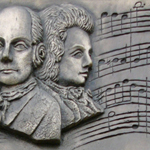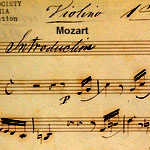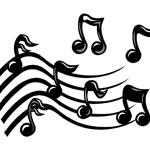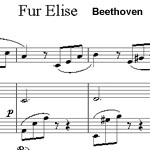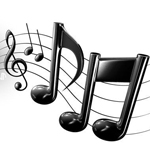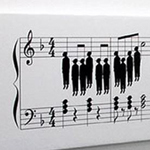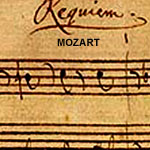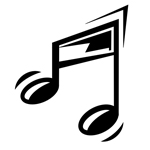
"Music produces a kind of pleasure which human nature cannot do without," said Confucius, the ancient Chinese philosopher. William Shakespeare managed to say it in fewer words. "If music be the food of love, play on."
The very sight of musical symbols is enough to put a person in that pleasurable mood of which Confucius speaks, which perhaps explains why people incorporate musical motifs in tattoo designs. The most recognizable signs in the musical realm are the treble clef, the staff, and the notes.
Clef, of course, is French for "key", and it is the first sign we encounter on a sheet of music. It is superimposed over the five lines of the staff, and it's purpose is to indicate the pitch of the written notes. The familiar "treble clef" looks like a grandiose "S", but its critical component is the curl. The line on the staff that passes through that curl is identified as G, which is why it's also called the G-clef. In earlier times, it was known as the "violin clef", because it marked the treble - or highest (pre-pubescent) - voice part.
Historically, all notes started out being solid black. But with the introduction of paper in Europe, scribes struggled to keep the ink from bleeding along the fibres, which created a blob. The solution was to use less ink, and the best way to do that was to draw notes in outline. With that, the white note was born.
See also: Music Tattoo Designs and Treble Clef Tattoo Designs.


